Postcards from the Road: Volume Two
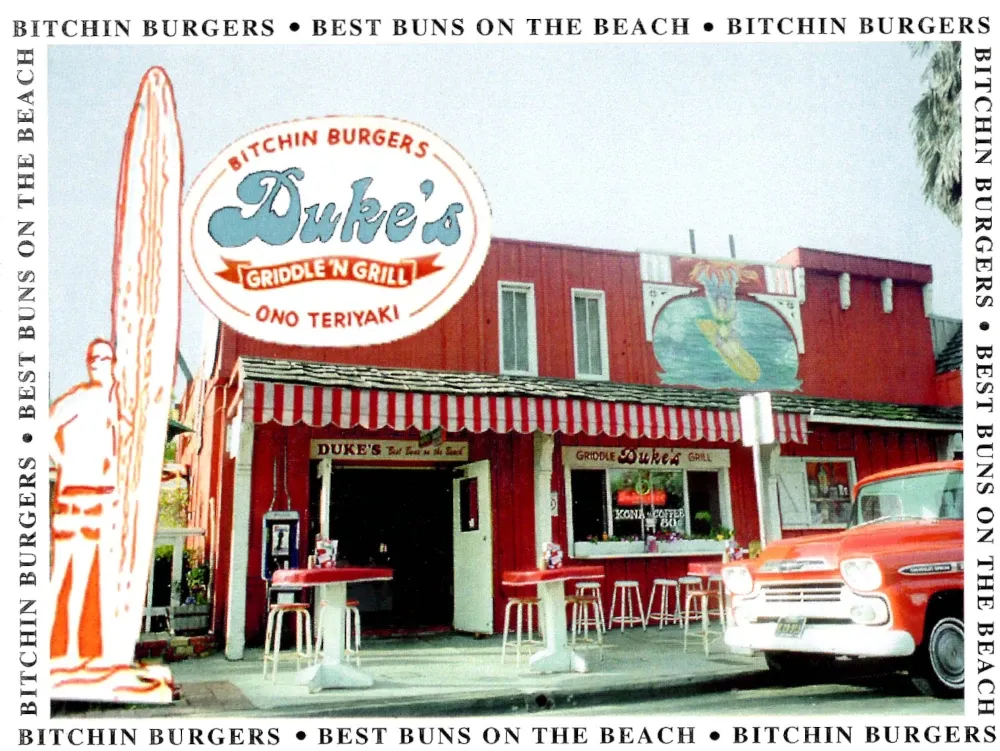
When I started sorting through this next batch of postcards, I realized how much these little rectangles of paper have become snapshots of an era that doesn’t exist anymore. The first round showed the raw energy of 1990s nightlife — bright colors, layered typography, and all the unapologetic personality that defined club culture back then. But as I went deeper into the second batch, I began noticing something else. Each card feels like a conversation between decades, where vintage Americana, pop culture, and modern design collided in ways that only the 90s could have made possible.
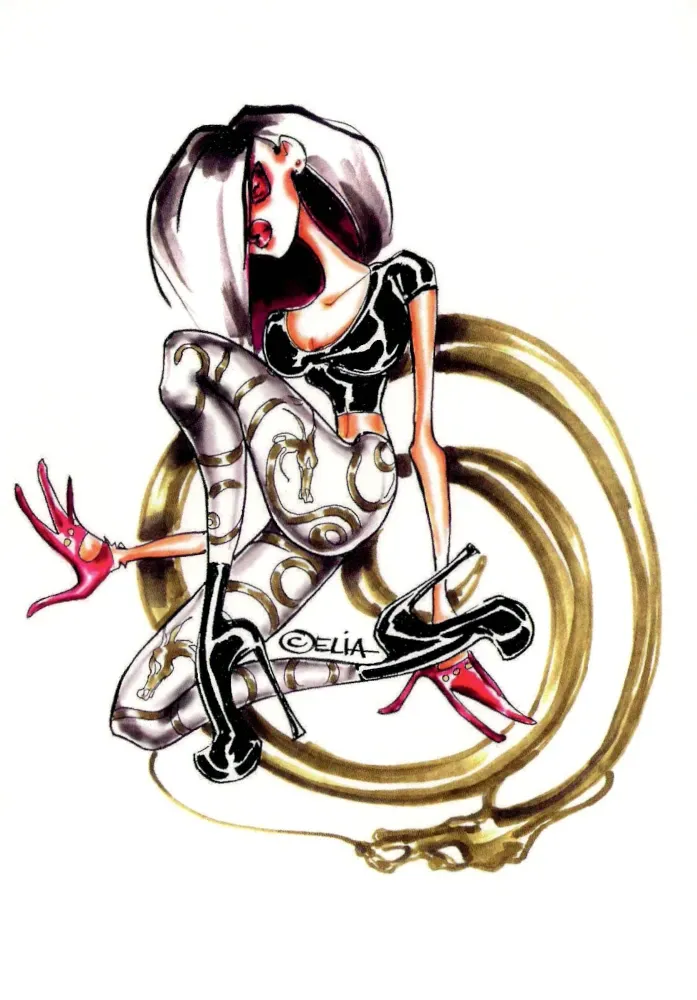


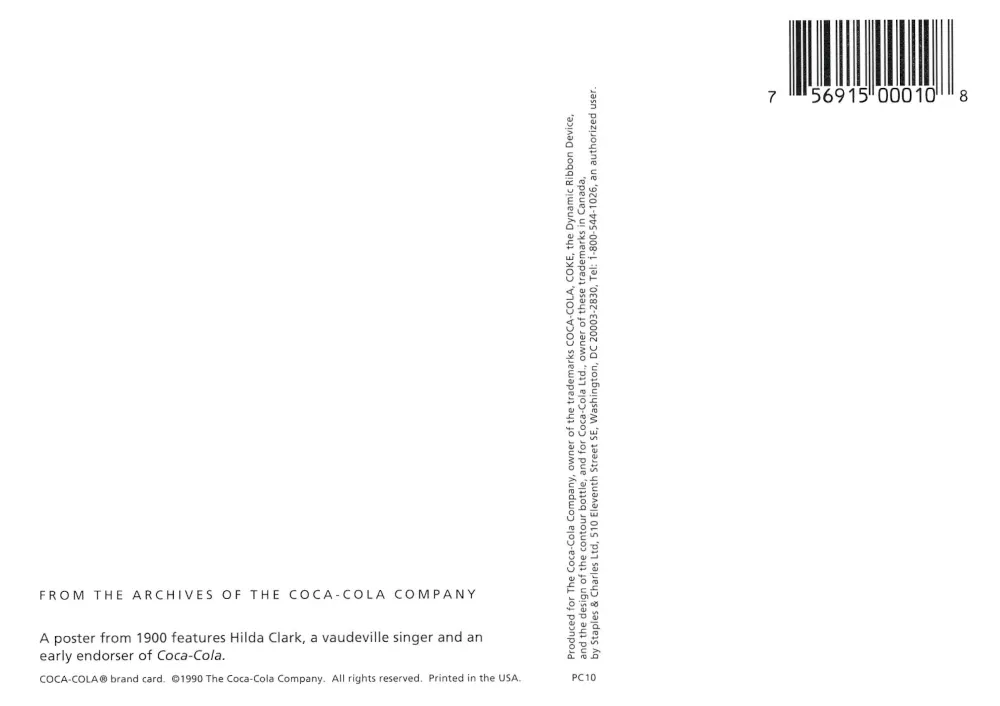

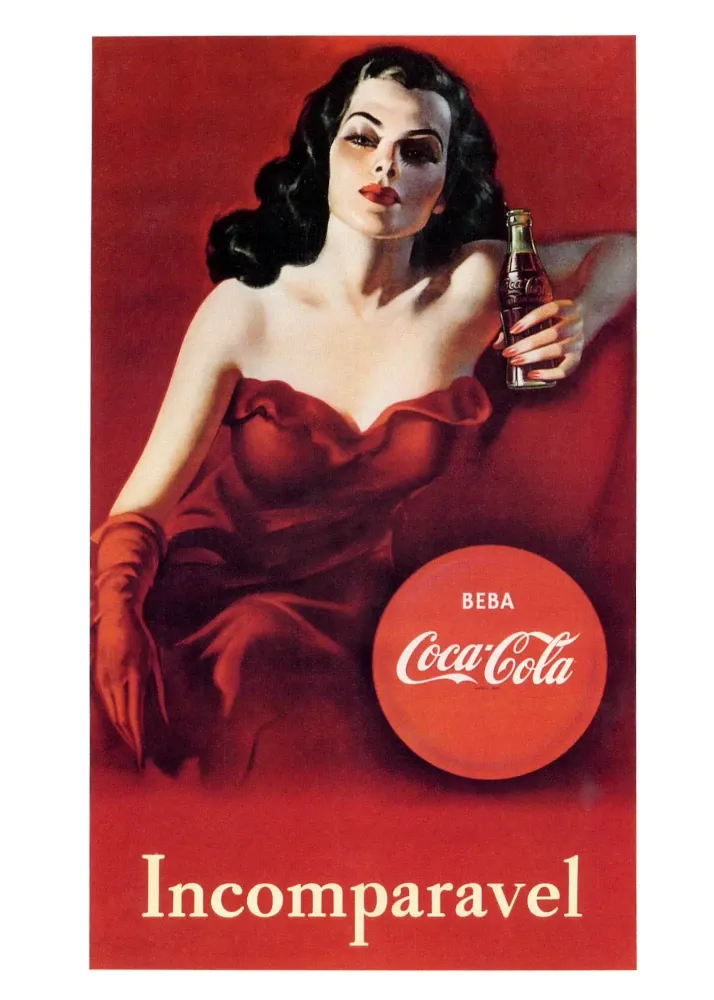
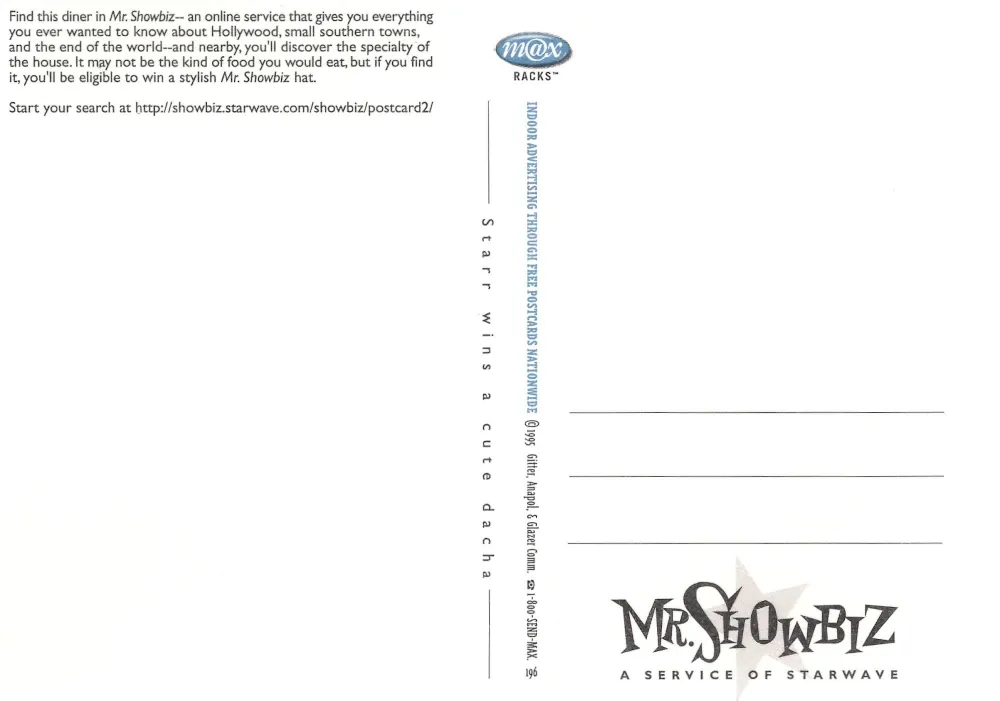
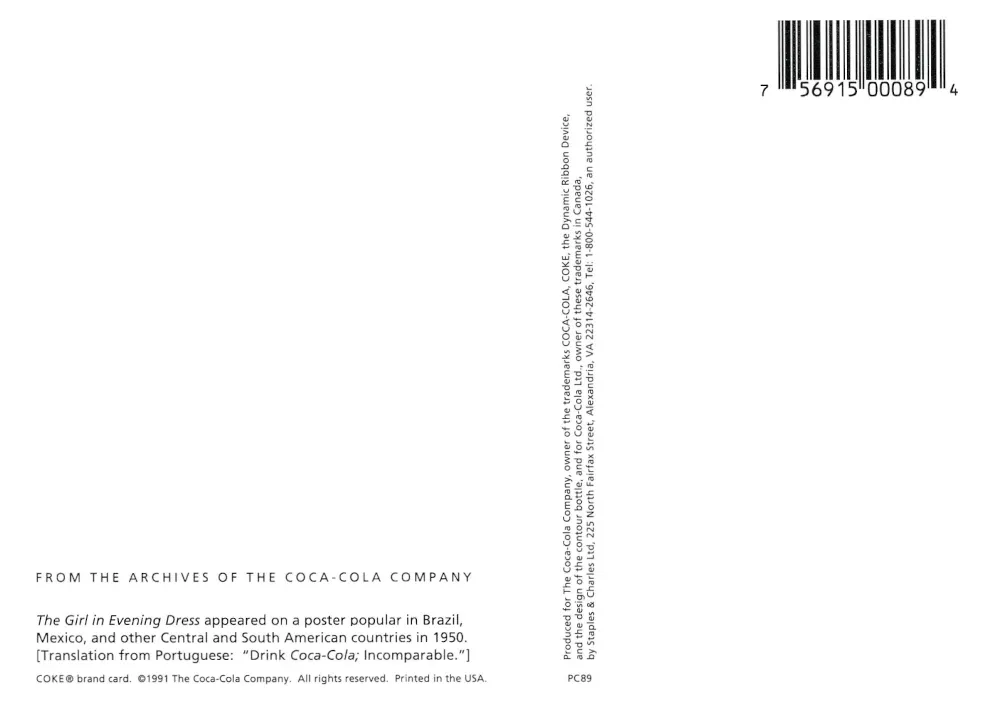
Take the old Coca-Cola image. It’s not from the 90s itself, but it was everywhere in that decade, printed on postcards, diner menus, and framed behind bar counters. There was a cultural fascination with nostalgia during that time, especially the revival of early-century Americana. You could walk into a coffee shop in Los Angeles or a diner in Birmingham and see that same red-haired woman smiling from a wall, promising refreshment for a nickel. The past was rebranded as comfort, a familiar escape amid a world that was changing fast with technology and the internet creeping in.
Then there are cards like the Ultra Lounge anniversary piece, glowing in gold and mid-century pin-up charm. It captures that swing-revival aesthetic that briefly took over the late 1990s, a world where bands dressed in 1940’s suits and sang into chrome microphones under neon lights. Even if you weren’t playing swing music yourself, that whole scene was in the air. It blended into everything, fashion, advertising, design. The postcards from that period are drenched in it, filled with exaggerated glamour and a nod to the past, but they also felt undeniably modern.
One of my favorites in this set is the Jack Daniel’s March club calendar, its moody bar lighting and reflection of a martini glass giving it that smoky late-night feel that musicians know too well. You can almost hear the sound of glasses clinking and the low hum of conversation before the band takes the stage. I picked that card up at a venue where we performed, one of those nights when the crowd was electric and the energy felt endless. Holding that postcard now, I can still sense the atmosphere: the faint smell of gin and tonic, the light haze from the stage, and the unspoken camaraderie between everyone who lives their life in swinging sound, from city to city.
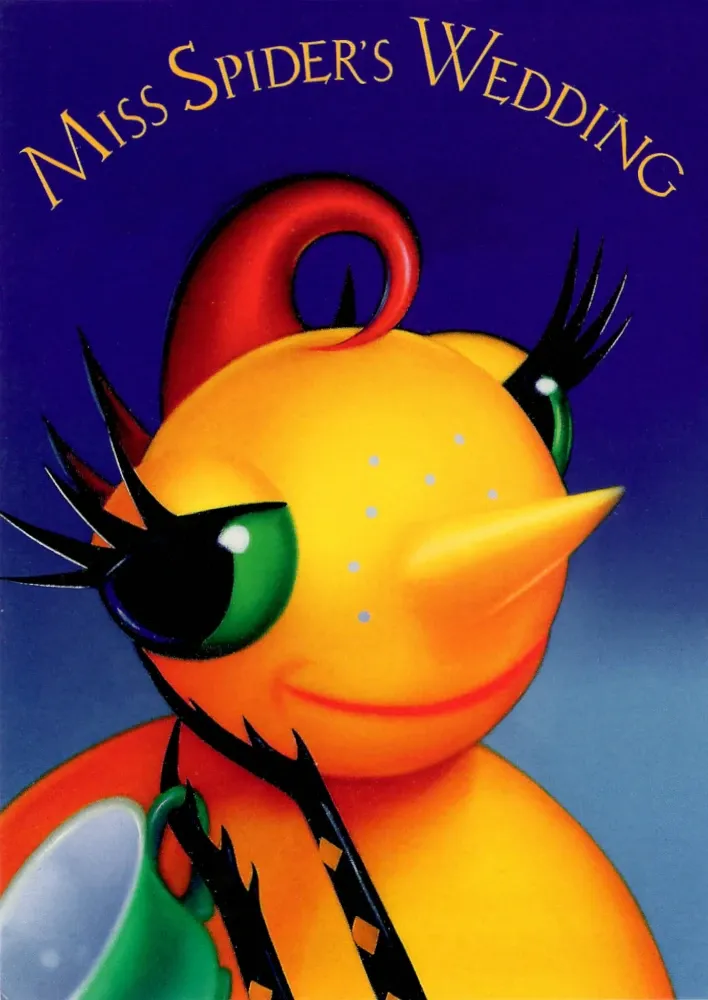
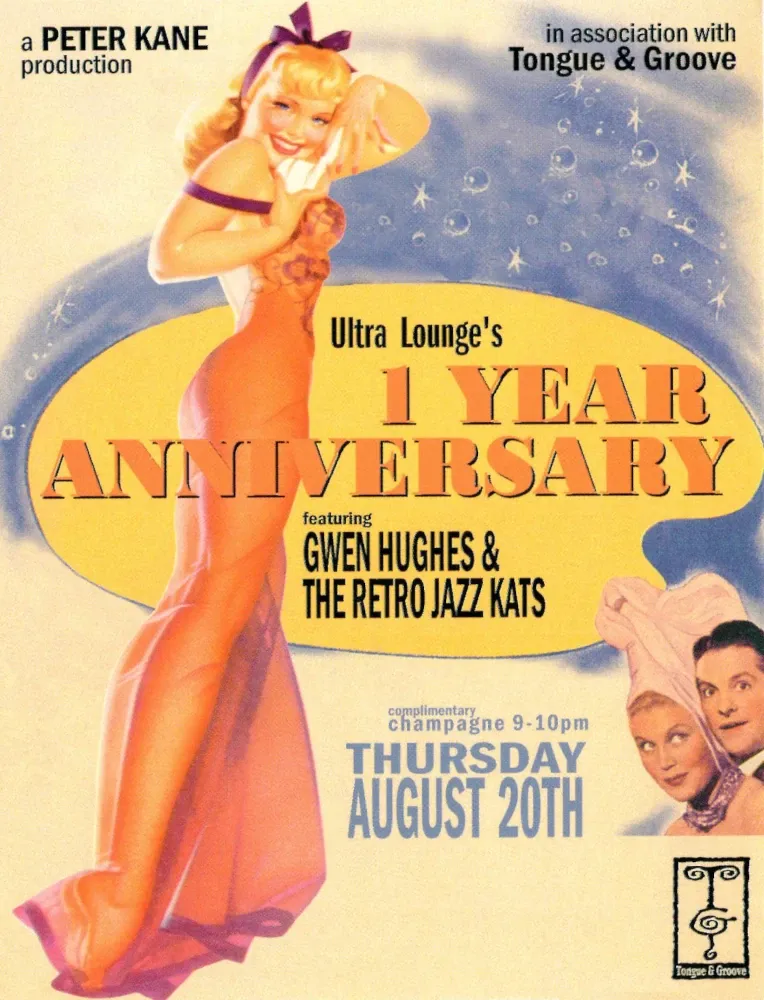
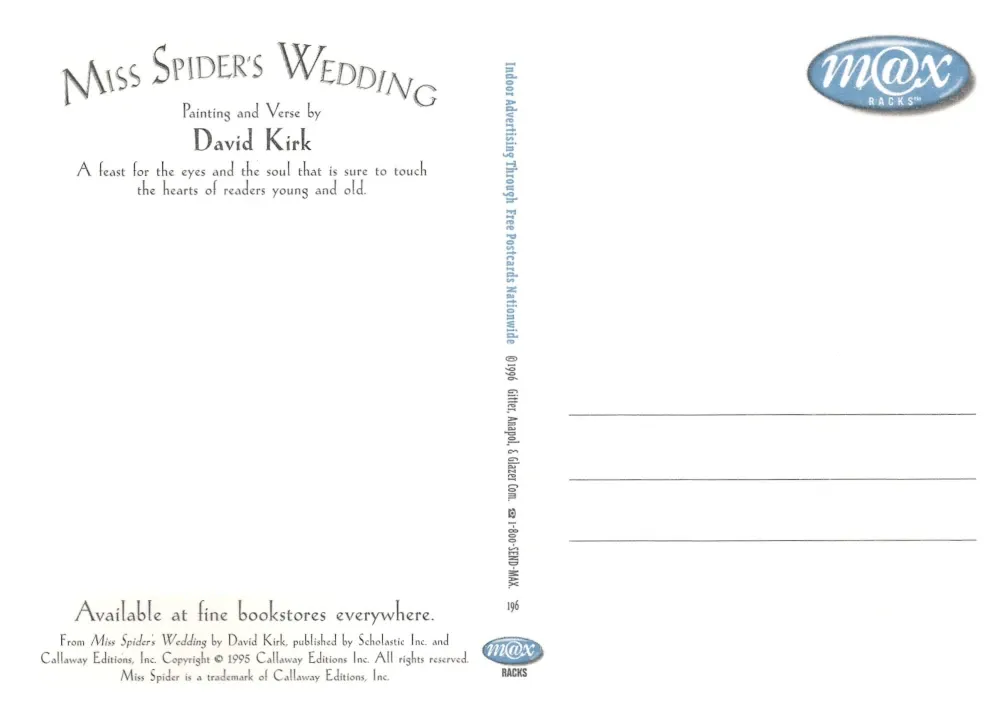
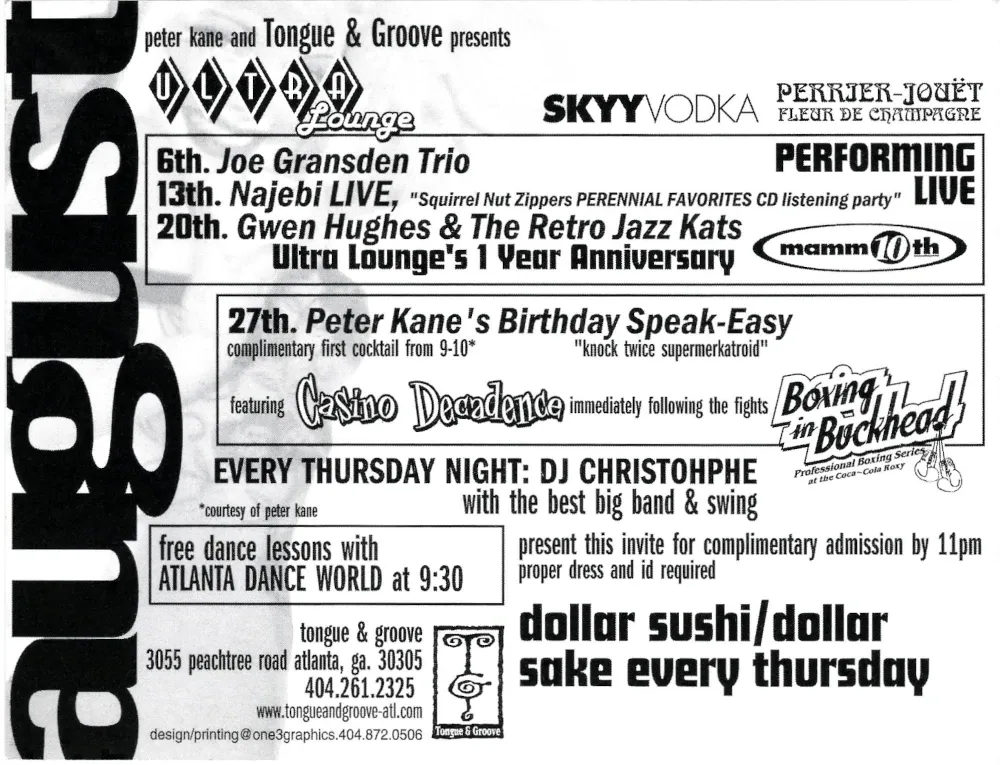
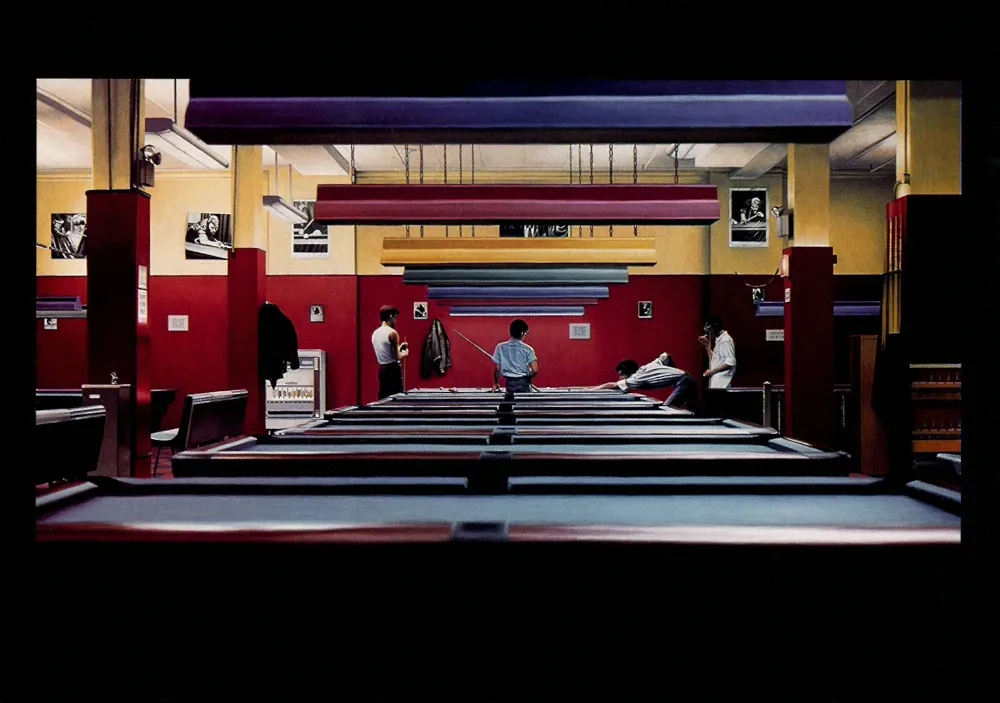


And then, just when you think you’ve got the rhythm of the era pinned down, something like a Miss Spider’s Wedding postcard appears, a surreal, cartoonish reminder that the 90s also loved the strange and whimsical. These cards remind me how playful design used to be before everything became so polished with photoshop. There was room for weirdness, for bright colors, for art that didn’t have to explain itself.
Another surprise from this round was the Paris Blues Jeans card, which feels like a snapshot of early-2000s pop culture just starting to form. The illustrated characters, each in their own square, are stylized and confident, echoing that Y2K optimism. They represent a turning point, the bridge between the analog decade I toured through and the digital one waiting around the corner.

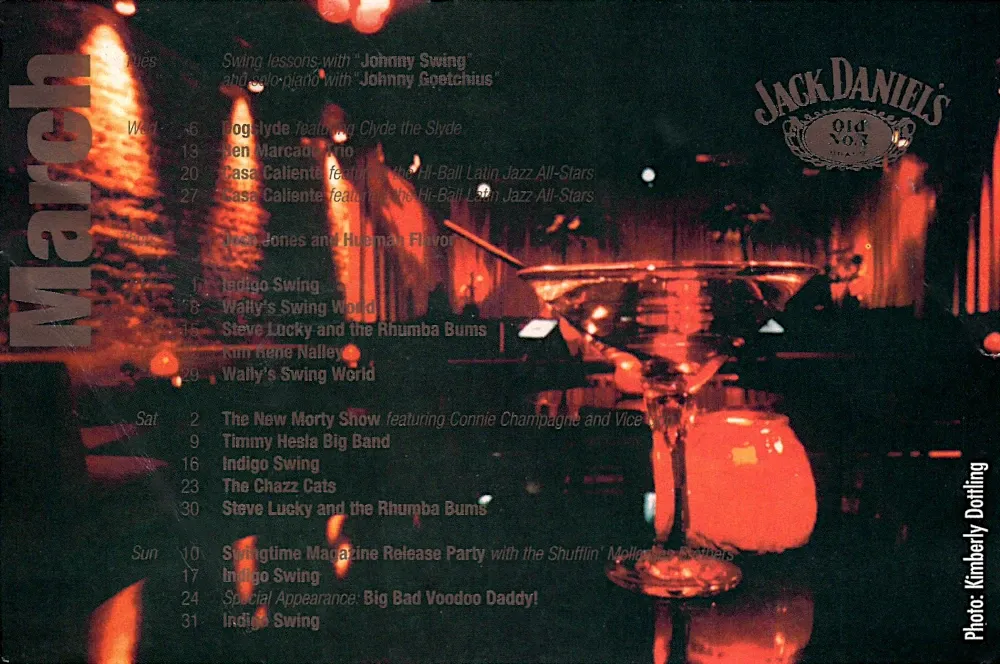
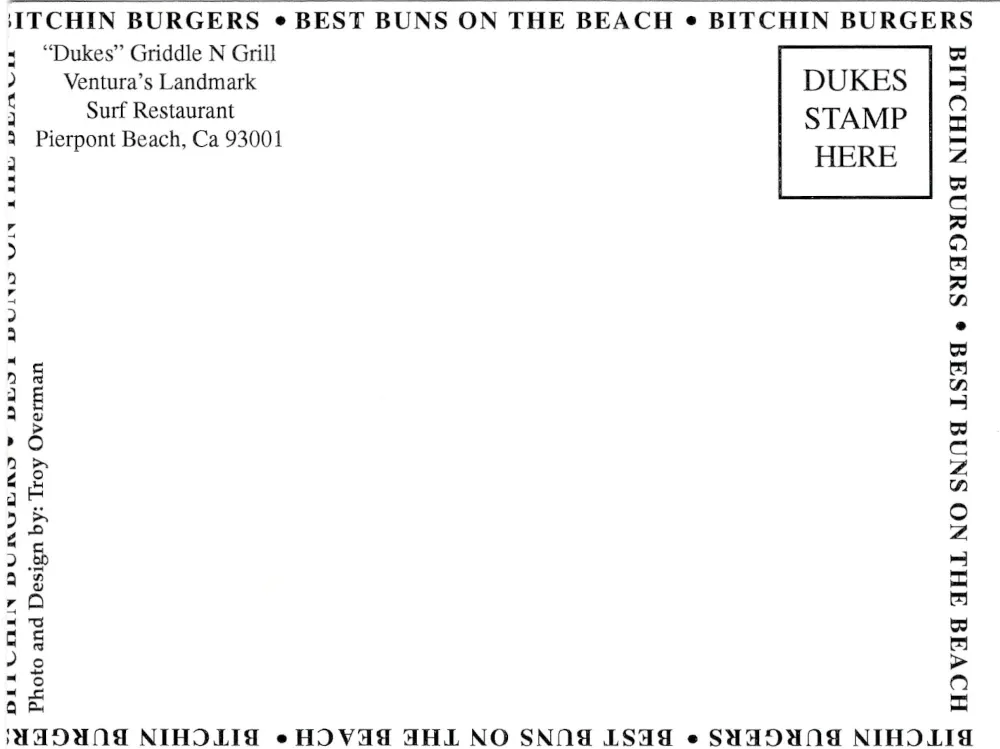


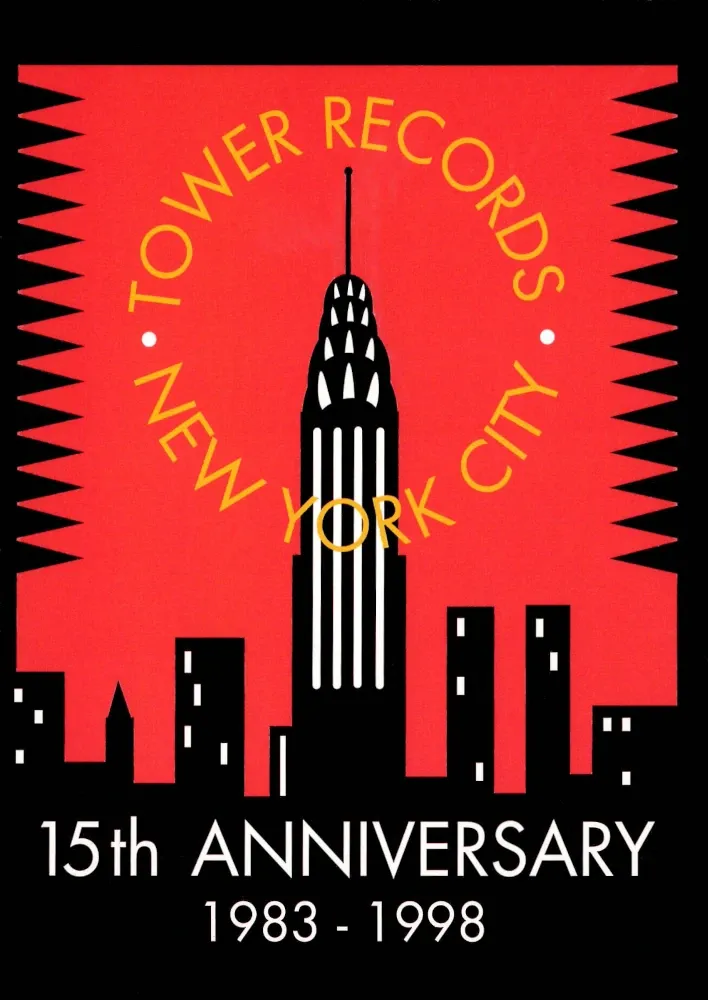
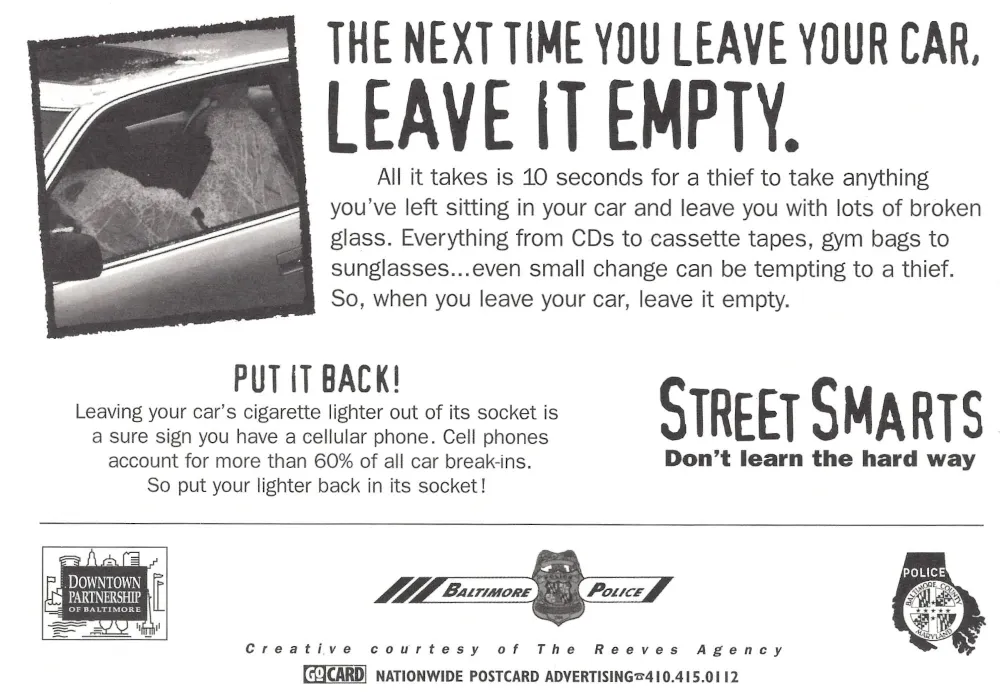
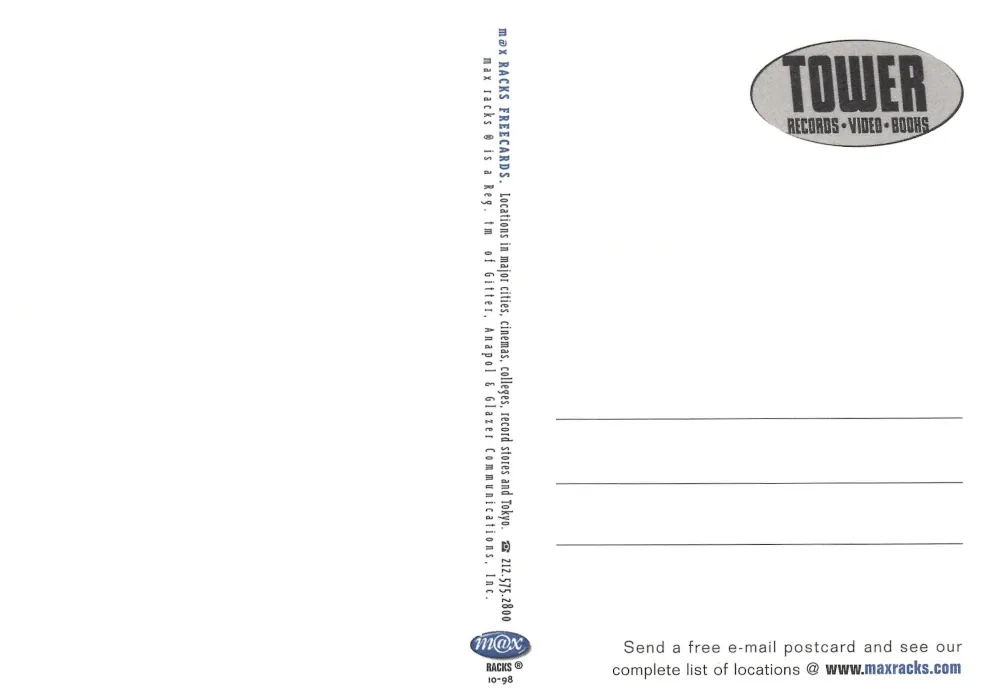
And then, out of nowhere, the U.S.S. Alabama postcard drops you into something completely different. That’s what I love about this collection — the shifts in tone, the unexpected finds. One night I’d be picking up a club promo card under dim stage lights, and a few days later I’d be walking through a naval museum in Mobile, collecting a glossy print of a battleship propeller gleaming in the sun. The contrast between them tells the real story of touring life: constant movement, constant change, and the beauty of finding art everywhere. in diners, gift shops, and the backs of music venues.
Looking through these cards now, I’m struck by how they mirror the mindset of musicians on the road. Each one represents a stop, a small memory, a connection to a place and time that would otherwise fade away. Together, they form a kind of analog social network, a paper trail of culture and travel that existed long before smartphones and social media. Every design choice, every logo, every font captures the mood of its environment.
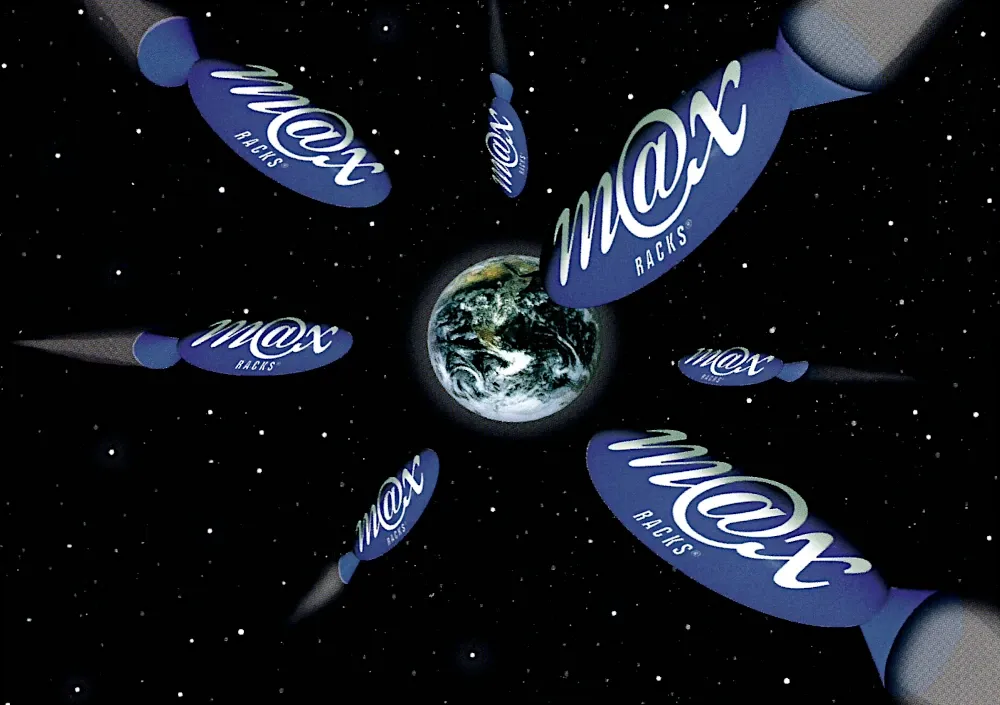

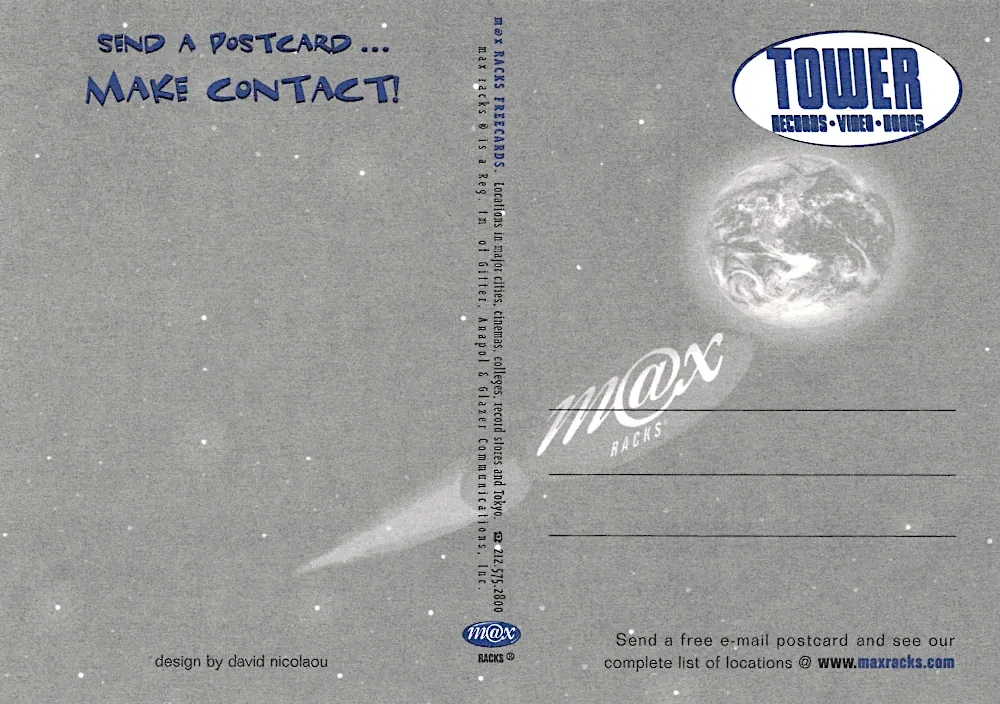
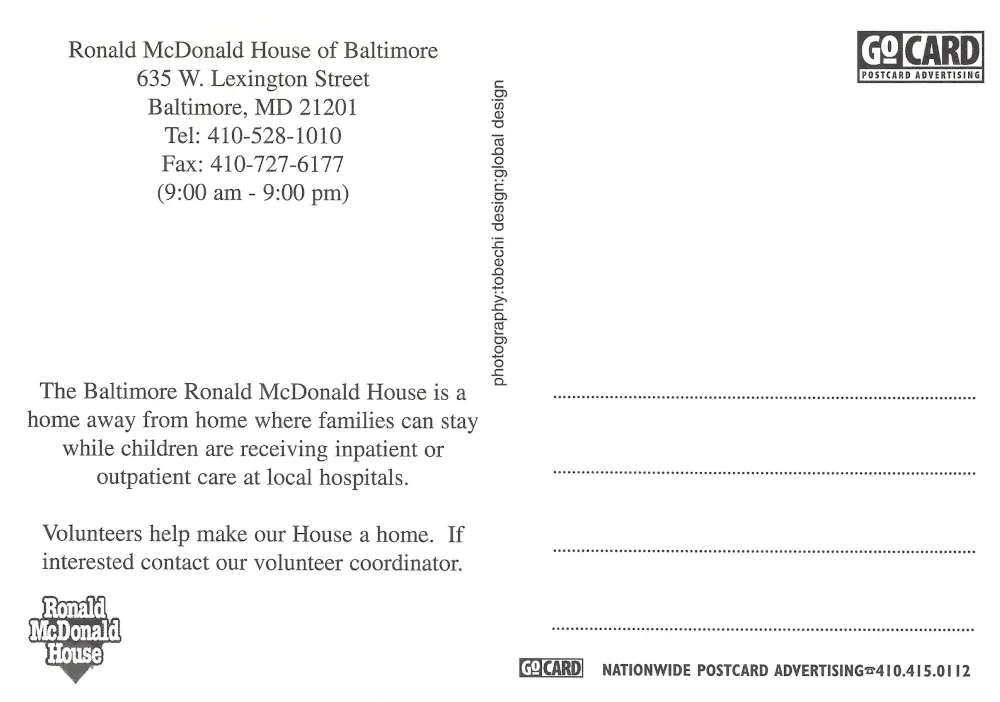
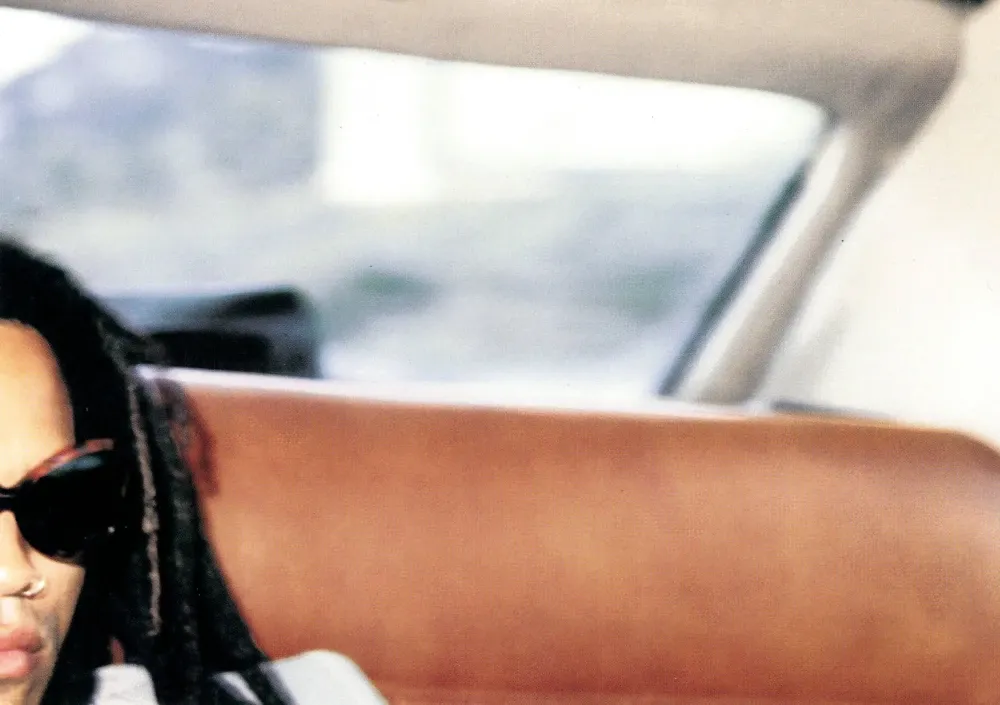

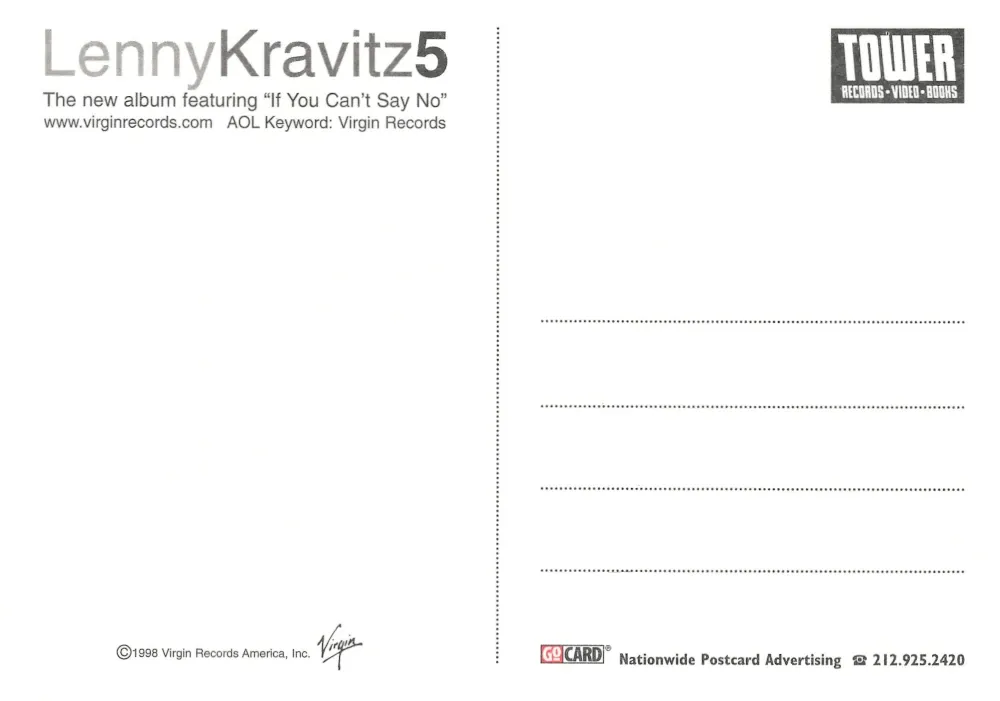
That’s part of why I’ve taken the time to scan, clean, and share them here. It’s not just nostalgia; it’s preservation. These cards tell their own stories, but they also tell ours, the musicians, the promoters, the audiences who packed into clubs and believed, even for a night, that music could change everything.
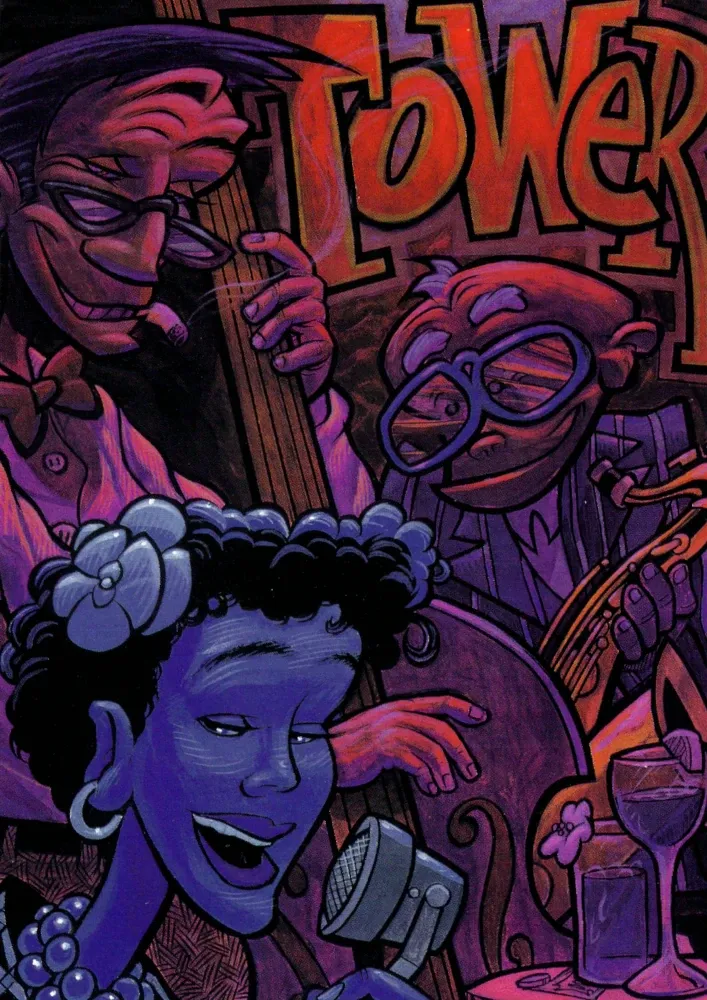
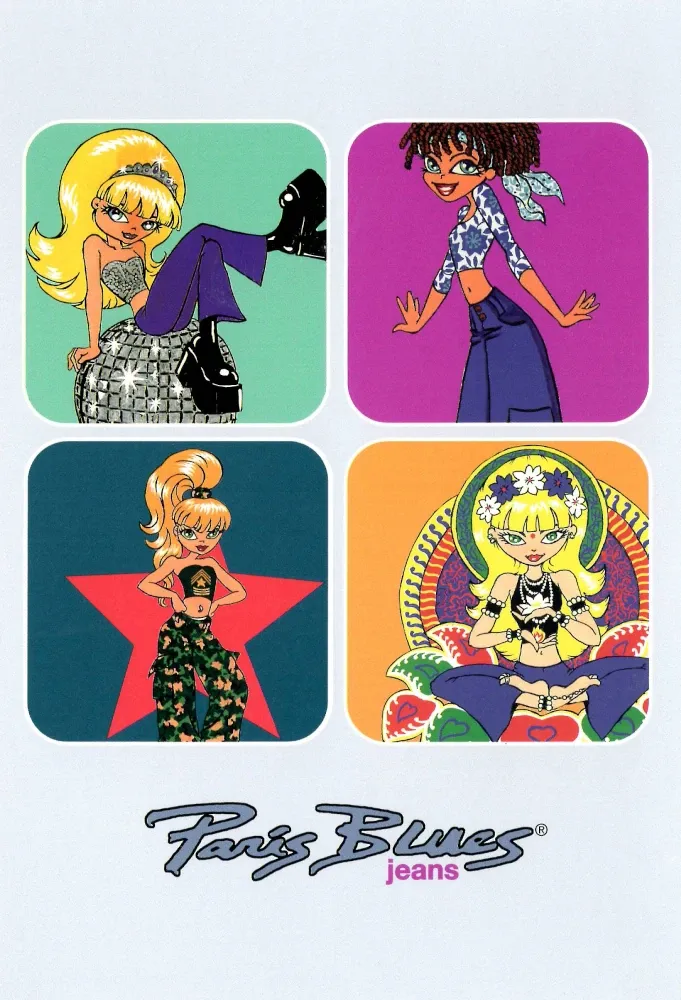


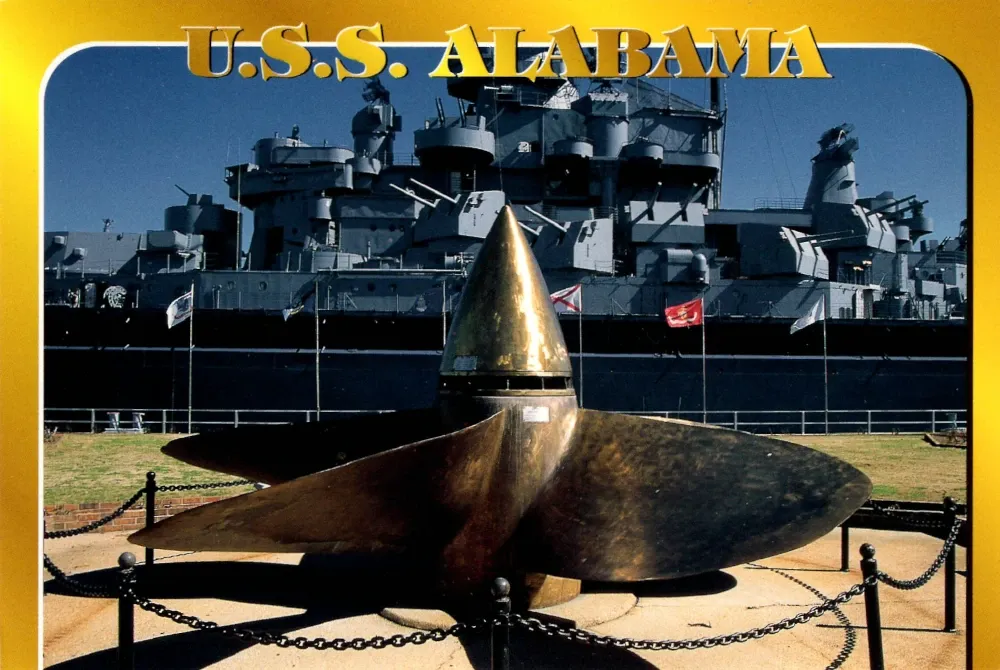
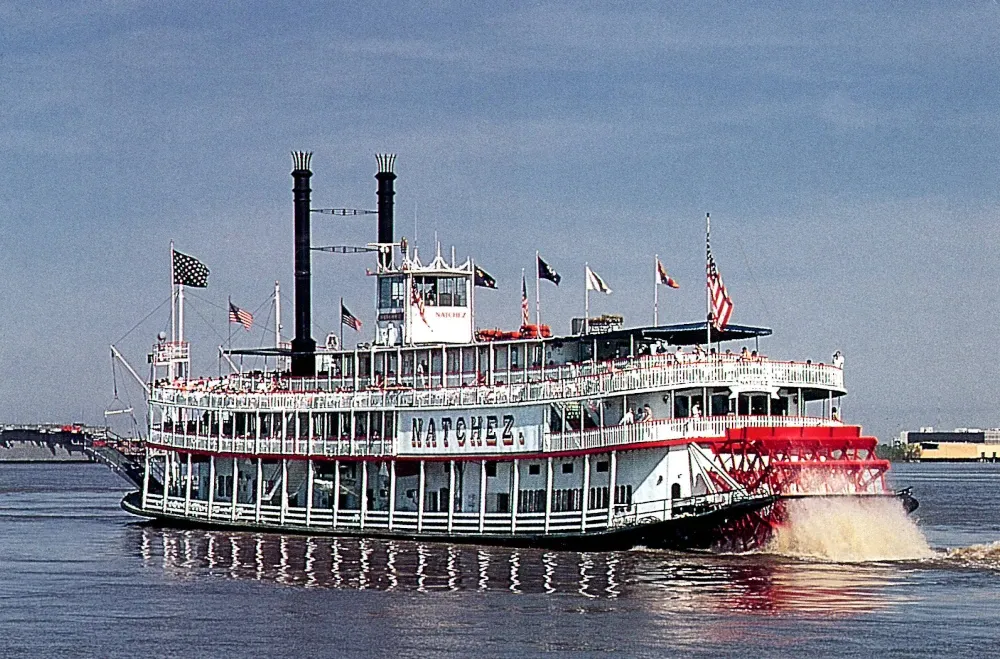
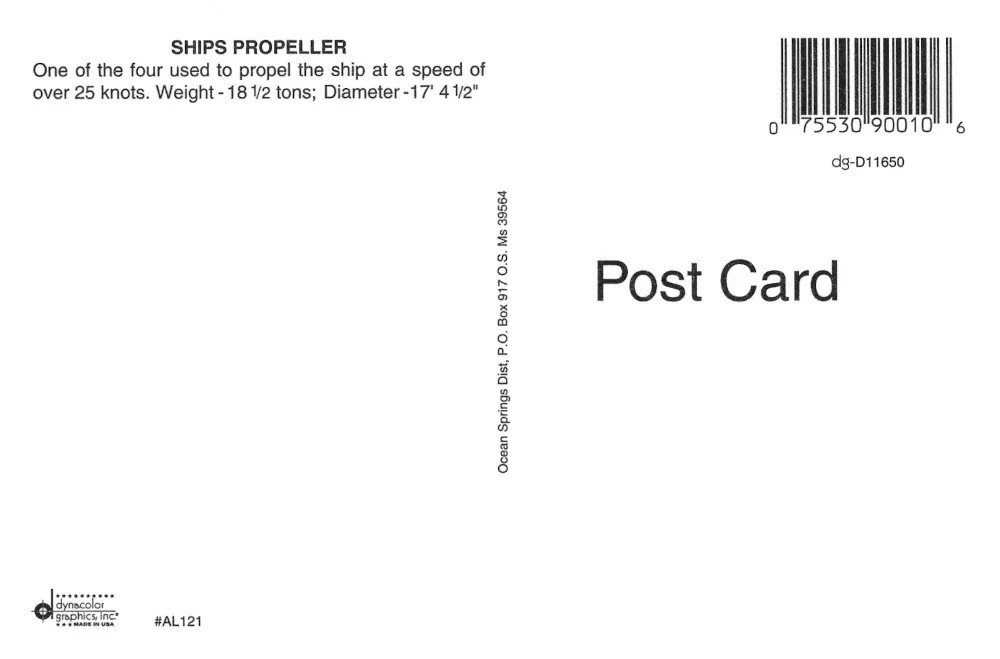
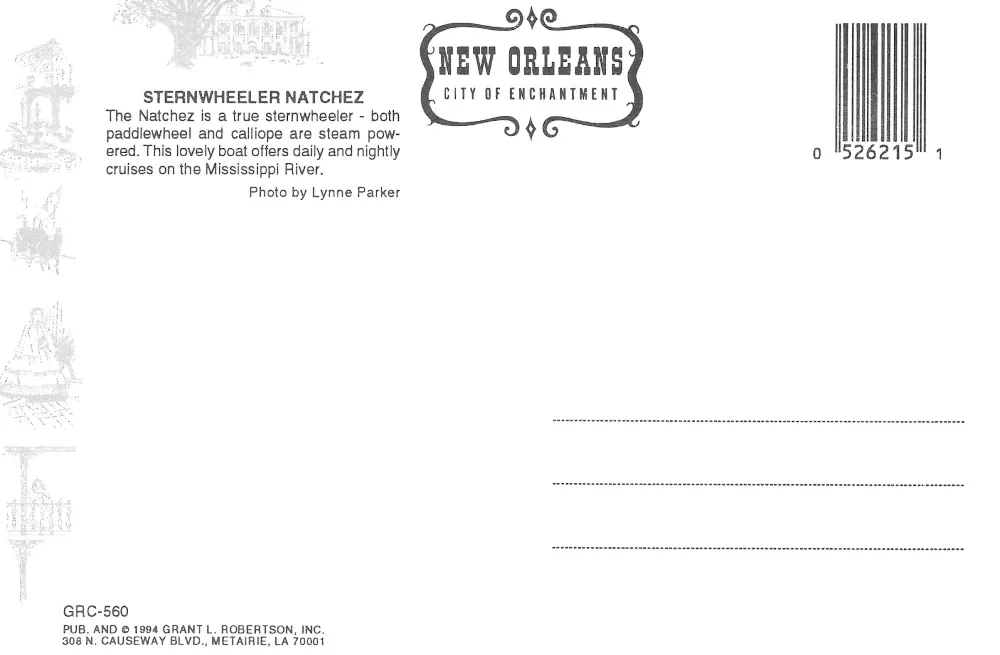
As I move into this second volume, I see the project becoming more than an archive. It’s a journey through time and geography, told through color, typography, and the fingerprints of the people who made and collected these images. There’s beauty in that randomness, in the way a Coca-Cola ad can sit next to a swing-club calendar and still make sense in the same collection. It’s all part of the same lived experience, the same road.
There are still more postcards waiting to be cleaned and scanned, and I’ll keep sharing them as I go. Each one deserves its moment in the light again, even if only for a moment on the screen. For those who lived through the 90s, these cards will feel familiar, like hearing a song you haven’t thought about in years. And for those discovering them for the first time, I hope they serve as a small portal into the art, design, and atmosphere of a decade that still has so much to say.
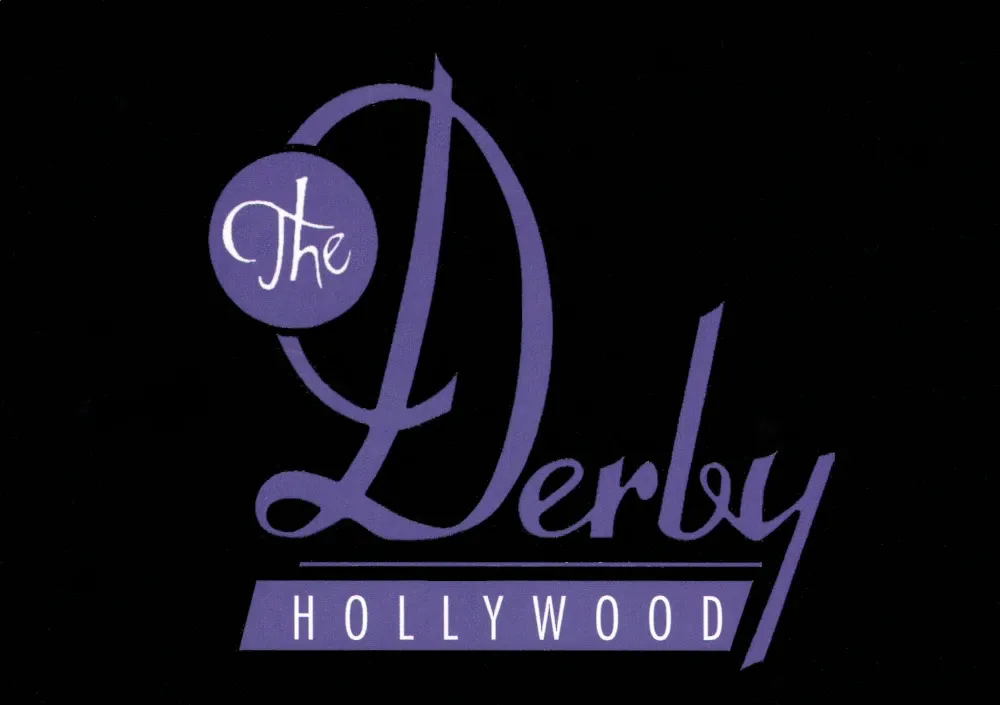
Volume I
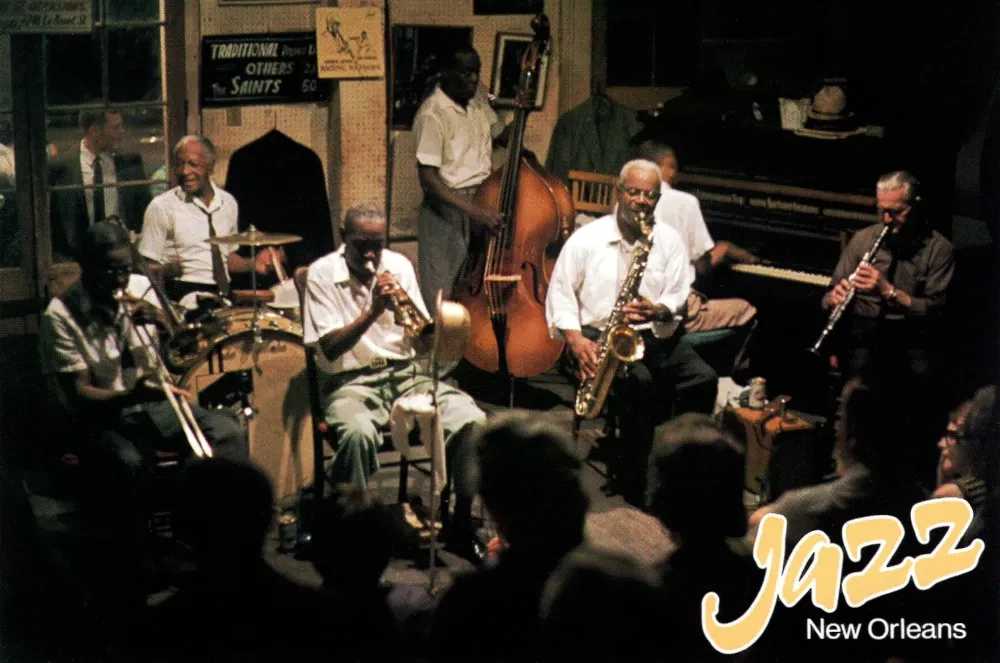
Volume III
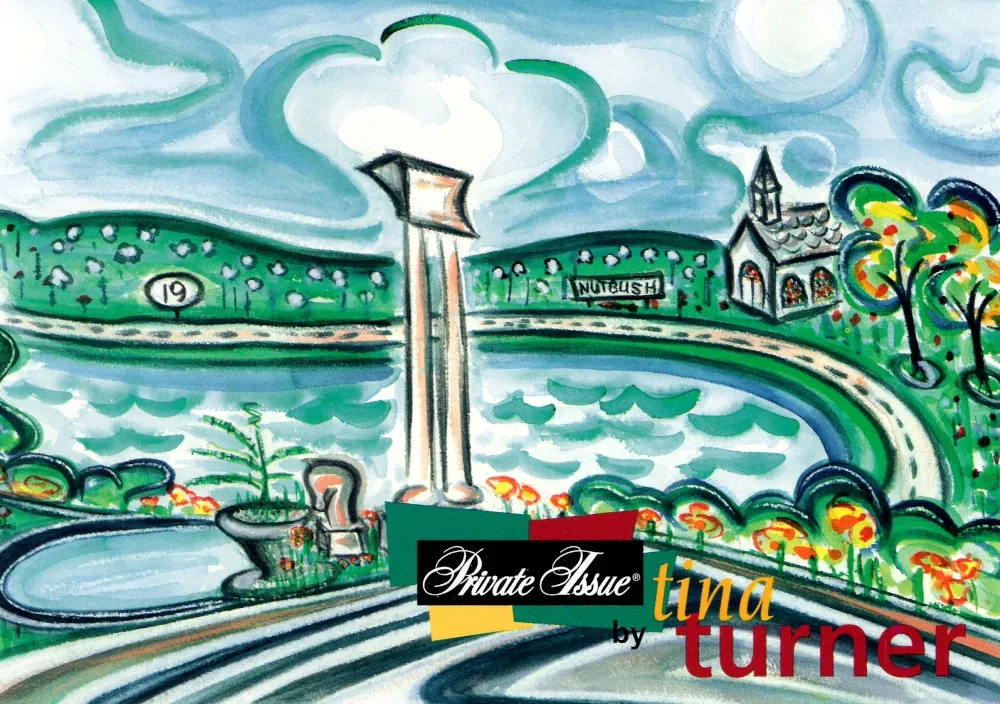
Volume IV



